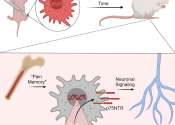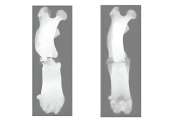Biomarkers identified for successful treatment of bone marrow tumors
CAR T cell therapy has proven effective in treating various hematological cancers. However, not all patients respond equally well to treatment. In a clinical study, researchers from the University of Leipzig Medical Center ...
18 hours ago
0
34









